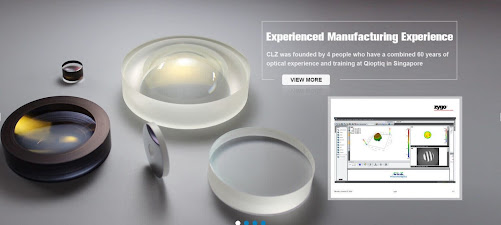Applications for optical coatings
Introduction
Optical coatings provide an important function in vehicles and buildings. Optical coatings can be found in countless applications such as rain sensors, headlight lens systems, lighting reflectors, mirrors, motion detectors or camera systems (to name just a few) which have been adopted from other application specialities. However, optical coatings in automotive and architectural glass are unique applications with specific market characteristics. This chapter therefore focuses on the use of optical coatings on windows used in vehicles and buildings.
Optical coatings are materials deposited on optical elements (i.e. lenses or mirrors) to change the way the element transmits or reflects light. One type of optical coating is an anti-reflective coating, which reduces unwanted reflections from the surface and is commonly used on spectacles and photographic lenses. Another type is a highly reflective coating, which can be used to produce mirrors that reflect more than 99.99% of the light. Aluminium is used in the manufacture of mirrors. Silver has a higher reflectivity than aluminium coatings. UV-absorbing coatings are important for protecting the human eye and extending the life of the product. Hundreds of alternating layers of large mass metals such as molybdenum or, for this purpose, tungsten are used. The coatings can also be used for some coloured lighting, tinted glass or sunglasses.
Optical coatings
The production of optical coatings usually relies on optical monitoring (R/T) or quartz crystal monitoring during the deposition of the film. Quartz crystal monitoring is an inexpensive method of tracking growth rates, but it does not allow direct measurement of the sample of interest. The sensitivity of R/T for very thin layers is very highly reduced, although this is not usually a problem for optical coatings as they typically employ quarter-wavelength optical thickness layers. In-situ SE can complement these methods to accurately determine refractive indices, detect refractive index gradients and monitor advanced multilayer coating structures.
In-situ SE measurements are typically sensitive to refractive index values of ± 0.001, which allows calibration of optical coating process conditions in a variety of situations.
Summary
Transparent optical coatings, a special class of functional materials designed to regulate heat propagation, continue to present unique opportunities and challenges in a wide range of industries, from modern architecture to energy production for new renewable energy sources and related technologies. Despite the relatively long history of research, development and industrialisation of THR materials, active research work is still ongoing. New constituent substances, their combinations and optimised deposition techniques are constantly being investigated to
further expand the suitability of various THR coatings for a growing range of applications. While the basic properties of the known THR system components and their limitations remain the same, new methods are constantly being discovered to overcome the various practical and technically relevant difficulties encountered in the use of these materials. Because of this, we are currently witnessing a significant "quantum leap" in the widespread use of THR materials and coatings, which are thus entering the previously unknown realm of transparent power generation window development.



评论
发表评论